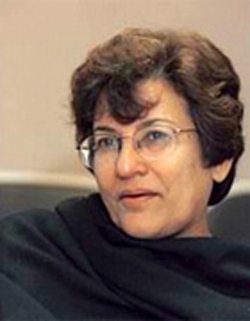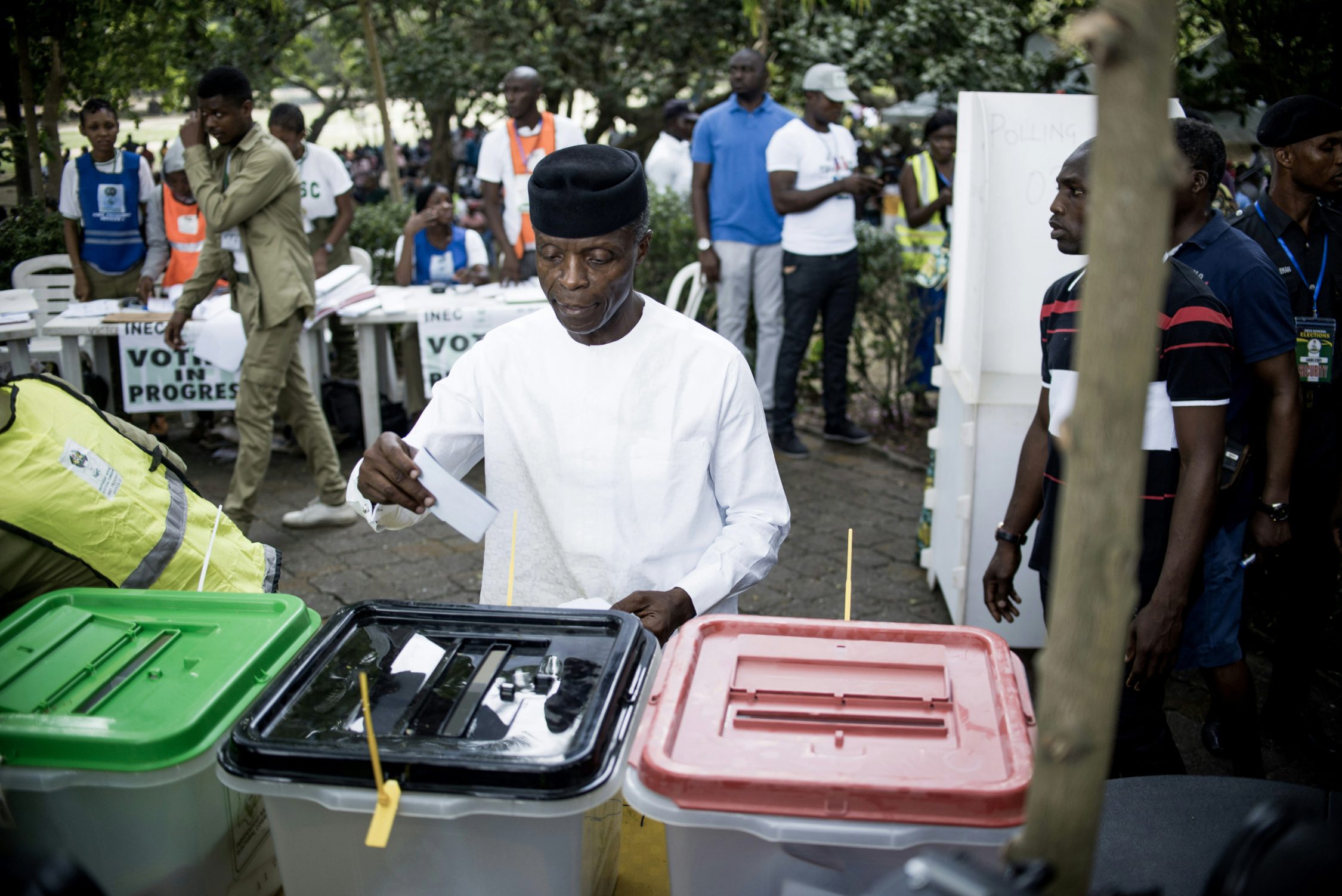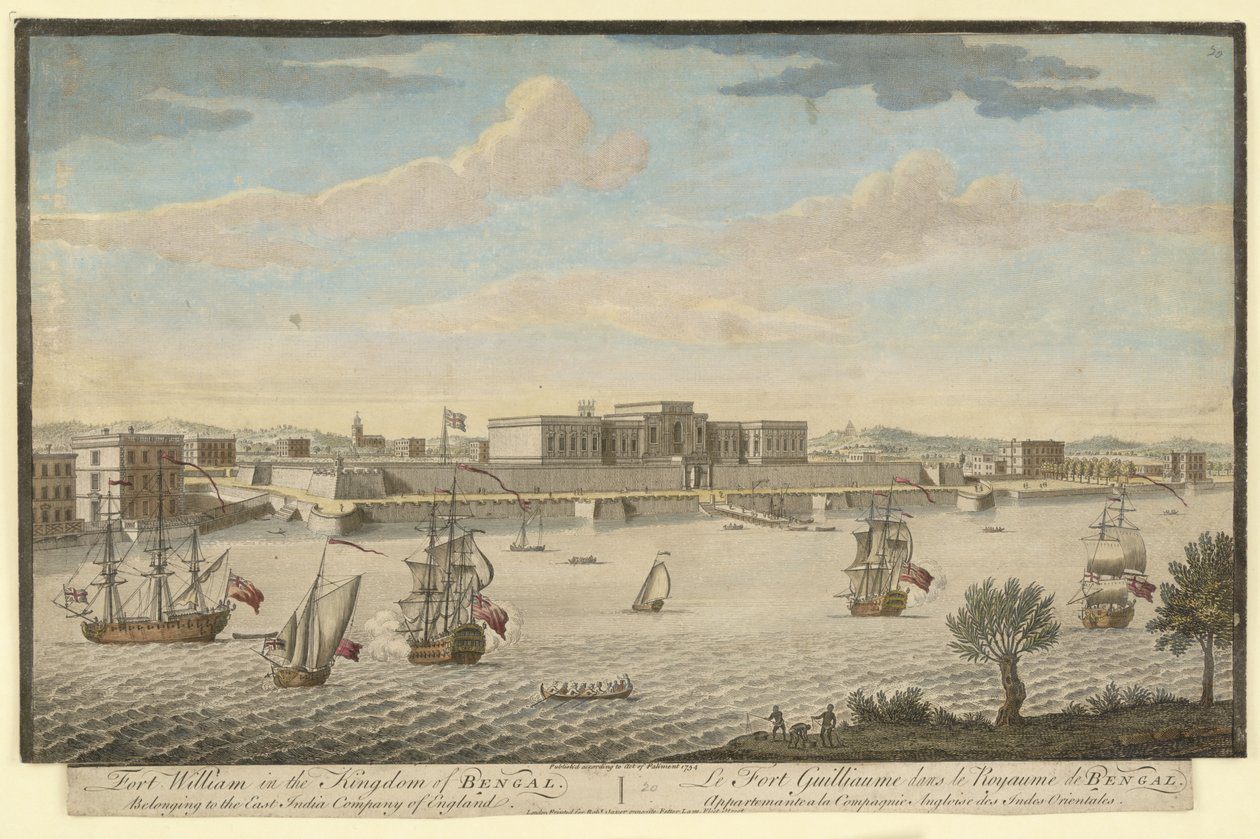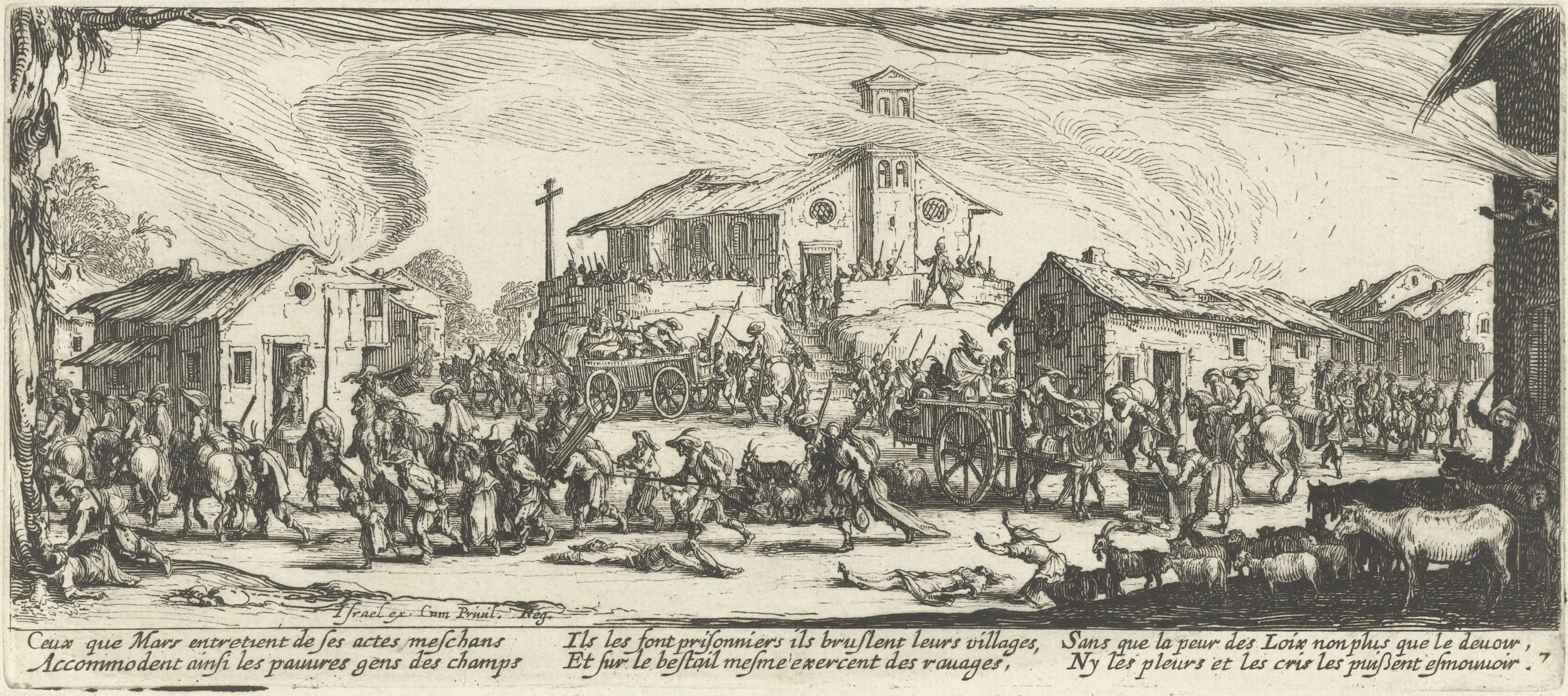Prepared for the March 2 – 3, 2017 seminar, Theorizing (Dis)Order: Governing in an Uncertain World, organized by the winners of the 2016 – 2017 WPF Student Seminar Competition.
The questions posed in this forum regarding the relation between governance and the production of order/ disorder are more difficult than they seem at first sight. The current events in various parts of the world including the rise of political leaders within well-established democracies whose policies create political exclusions, abrogation of fundamental rights, and many other abuses in the guise of maintenance of security and order are becoming all too evident. Yet one might ask if the popular support garnered by leaders such as Trump, Modi, or Erdogan, is best seen as something completely new, a rupture from the past, or a symptom of pathologies that have been corroding the fabric of social life. While in some places (such as in India and Turkey) the State has undertaken draconian measures to silence critics, in other places such as the US, what is at issue is perhaps not so much direct censorship as the excess of speech that almost succeeds in silencing thought. It is easy under these circumstances to fall into the lure of known categories of political pathology such as fascism, totalitarianism, or post-truth societies that assumes that the pathologies of democracies now correspond to categories of thought that were brought to bear on earlier political pathologies. One might ask, then, if we can get a handle on the present situation by taking the concepts that are already at hand or do we need to step back and consider what is novel in the crises of democracies that characterize many polities of the world today. Perhaps one of the most urgent tasks before us is to produce something akin to an Encyclopedia of Ignorance, in which we can pinpoint what is it that we do not understand? My attempt, then, is to put together a few fragments that seek to capture political phenomena at different scales of social life and ask what kind of connections and disconnections can we see between governance (or the lack of it) and order/disorder? How, for that matter, might we think of the relation between scales, perspective, as well as the hinges and junctions between different ways in which technologies of power operate in the contemporary context?
Why evoke the figure of the grotesque in this context? I do not mean to conjure this figure in any loose sense to capture simply the political atmosphere now that seems to release the sense of the tragic and the comic at the same time. Interestingly, Didier Fassin evoked precisely this figure in a commentary on the occasion of Trump’s inauguration that was published in the French magazine, Tribune. As a category of political analysis, however, the figure of the grotesque goes back to the 1975-76 lectures on the Abnormal, given by Michel Foucault at the Collège de France. In these lectures, Foucault identified the figure of the grotesque or Ubu-esque as a key figure, (a cog, he said), that was an inherent part of the mechanisms of power. He stated, “I am calling grotesque the fact that by virtue of their status a discourse or an individual, can have effects of power that their intrinsic qualities should disqualify them from having.” As a precise category of historical-political analysis, the grotesque as proposed by Foucault, captured a very important aspect of power – viz, that political power can and has given itself the possibility of conveying its effects – one may even say, finding its source – in a place that is “manifestly, explicitly, and radically”, discredited as “odious, despicable, or ridiculous.” Surprisingly very few commentators on the present political scenario have gone to the idea that the figure of the grotesque was, in fact, waiting on the threshold of our political formations. Perhaps its full potential was obscured by misdiagnosis of the character of political power itself. This is how I read the desire that is often expressed in the popular culture of both India and the US for politicians with vision – ones who will magically get rid of corruption, make the country safe and even “great” –- while the dismantling of the political fabric that is taking place before our eyes is relegated to the background. It is interesting that political leaders are not expected to be virtuous or have personality traits that would endow them with the capacity to do what they promise – yet, these outcomes are expected to flow from the very fact that they can exercise power.
Finally, on the question of the grotesque, we need to recognize that while the grotesque is most clearly recognizable in the figure of the sovereign, Foucault also puts forward the critical role of what he calls grotesque discourse defined as parodies of scientific discourse (e.g. of psychiatry that mimics the categories of medicine in the late eighteenth and much of nineteenth century) or in the emergence of the techniques of normalization. Foucault initially distinguishes these techniques from the techniques of discipline but then slides into equating the two. We are left with three definitive features of the grotesque (which incidentally mark out Foucault’s grotesque as very different from the role it plays in Bakhtin.) These features are:
First, the grotesque as the transfer point between sovereign power and techniques of normalization can and does enable killing. Second, it parodies truth in that instead of outright falsities, it produces “doubles” of truth which are hard to dislodge. These doubles do not so much confront the truth as create diversions. Third, it produces laughter but unlike the role of laughter in Bakhtin which creates a political body over the organic body through parody, here laughter might be the very tool through which power that moves between despicable sovereignty and ridiculous authority, is glossed over through widespread performances of ridicule. We become so enamored of the fact that we can ridicule the most powerful that this satisfaction seems to compensate for the fact that our resistance counts for little in confronting the effects of this grotesque form of power. In other words, I am asking if we need to think anew about techniques of control and the different junction points through which sovereign power, normalizing power, parodies of rationality and efficiency produce and distribute destitution and death.
There are two other trajectories in the contemporary exercise of power that I will discuss. First I want to consider how the widespread use of social media is anchored to the exercise of sovereign power. Here I find the changes in techniques of control in some authoritarian regimes quite revealing. The political scientist Gary King and his colleagues at Harvard have analyzed the texture of what they call “common knowledge” through a close analysis of a large data set of social media comments posted by government officials under the auspices of the Chinese government. A fascinating conclusion the authors arrive at is that the goal of this massive secret operation is not so much to engage controversial issues but to distract the public by changing the subject. Analyzing the timing of the bursts in these posts King and his colleagues show that these distracting posts occur after events that could generate public criticism or mobilize people on the ground. Thus, for instance, 1100 such posts appeared right after the Shansan riots in Xinjiang province; 3500 posts appeared right after a railway explosion. It is not that direct censorship is not exercised but it comes as a surprise that the target of censorship is not criticism of the government but posts that might instigate collective action on the ground. It is a very important question to ask if these techniques of control work in authoritarian regimes because people know the cost of participation in public protests and also because those whose criticisms are left uncensored are nevertheless made aware of the watchful eye of the state through other forms of messaging that might not appear in social media at all. But if one were to pick up insights for comparison from this discussion, then it might be worth considering how the hinges and junctions between different modalities of power would work in societies that have to maintain some semblance of such rights as freedom of expression? For instance, the BJP government in India has used increasingly authoritarian techniques to control freedom of expression. Even slogan shouting in processions about the brutal repression in Kashmir has led to sedition charges being levied against participants. This is coupled with all kinds of distractions that a hyper-nationalism, which is simultaneously a banal nationalism, seems to be able to produce. Thus, for example, there was quite a furor in the social media recently over the name given to their newborn child by a Bollywood couple whose marriage crossed Hindu-Muslim boundaries since the baby’s name, Timur, was historically associated with a marauding and brutal Muslim conqueror. If was as if the couple had performed something unpatriotic if not openly seditious in naming their child after this figure!
The third issue I want to discuss is with regard to political processes at the level of the local which we might fail to see because though they are not hidden, they simply do not receive public attention. The unseen everyday life is commented upon by Foucault in some side remarks on the letters de cachet, the petitions addressed to the king or to the police lieutenant, in which requests were made by the head of the family or sometimes by his wife, for confinement of a troublesome family member in the prison or in the hospital. These letters appear between 1728 and 1758 in Paris and some other provinces and then cease. I touch on these letters to make one particular point. This is Foucault’s contention that these lives of what he calls the unremarkable, modest multitudes would have remained unseen except for the contingency of their brush with power. As he wrote, “… the chance that enabled these absolutely undistinguished people to emerge from their place amid the dead multitudes, to gesticulate again, to manifest their rage, their affliction, or their invincible determination to err – perhaps it makes up for the bad luck that brought power’s lightning bolt down upon them in spite of their modesty and anonymity. Lives that are as though they hadn’t been, that survive only from the clash with power that wished only to annihilate them or at least to obliterate them, lives that come back to us, only through the effect of multiple accidents.”
But of-course what Foucault says about these lives holds only for the archive. The third context, which is that of the local and the everyday, in which issues of power, governance, and order/disorder circulate pulsates with life of another kind I present some scenes from my work in the slums in Delhi to show how the figure of the grotesque as that which lies between tragedy and comedy, acquires a different kind of life as local leaders, bureaucrats, brokers, local mafia, attend to the quotidian demands of housing, electricity, water, sewage…because the archive will find spare mention of these forms of life, it is important to not equate their absence from the archive as the absence from our thoughts.
Let me illustrate the way political life pulsates in these regions of everyday life by drawing on some of my work on the urban poor in Delhi, India. According to official estimates 50-70% of Delhi’s population lives in “unplanned settlements” – areas that are not covered under the Master Plan of the Delhi Development Authority. Much of this land is designated as kabza land or “occupied land” meaning that these plots of land are not recognized in revenue records and residents do not have legal papers to show ownership. So what are the processes through which the occupants of these places secure their rights over housing and resist official actions to evict them? Elsewhere I have analyzed how political and legal strategies evolve over such issues as establishing security of housing, getting drinking water, or sewage. For instance, assisted by my research team in Delhi we identified a puzzle – viz. that houses had multiple addresses and there was no order in the sequences in which street names or numbers were assigned to houses. We tracked the history of how multiple addresses came to be inscribed on these houses showing through our investigations that every inscription marked a political and legal struggle between slum-dwellers, powerful building societies and the Delhi Development Authority which was also caught in a struggle with the Building Society and was trying to acquire the land through its powers of eminent domain. For example, a house might have P110, X20, C5, and A1- all markers of the “address” of the house. P110 indicated a number randomly assigned by the owner to his house when he first “occupied “ that land and cut out plots sixty years ago. X 20 was forcefully inscribed on the wall of the house by a building society that was trying to prove that the land belonged to them and that they had simply given “licenses” to the residents for temporary residence. This led to litigation in a court that lasted for over ten years in which the Building Society ultimately lost. C5 marked the fact that the government agency had surveyed the locality and assigned numbers to houses in preparation for acquiring land under eminent domain, while A! indicated that in the post Emergency period a huge voter drive had taken place in which all residents of Delhi whether living in legally authorized colonies or in unauthorized ones were given voter cards and the number indicated their having received the voter card. These “microhistories” of each house, provided a completely unexpected window into seeing how an “unauthorized” locality on a “non-notified” slum managed to survive and sometimes prosper by navigating the legal and political landscape of rules and regulations by exploiting and playing off the opportunities provided by electoral politics, legal gaps, and even the routine low or high level corruption that marks everyday life in these localities.
Similarly, we asked how did houses come to have electricity meters given that as unauthorized settlements they did not have rights to electricity (water is a more complicated matter)? We tracked the history of transformers installed in the locality to show how some local leaders led an initiative to have electricity meters installed in the houses when they took an opportune moment in the administrative gaps that opened up when distribution of electricity was privatized in Delhi (though production remained in the hands of the state) to open negotiations with officials on how they could obtain legal status and get electricity legally rather than having to “steal” it by drawing lines from high tension electricity poles This entailed the difficult task of getting an authorized map of the locality made and approved by multiple government bodies with conflicting jurisdictions, assignment of single addresses on each plot of land, agreement on boundaries of plots, and an agreement with all households in the locality that they would pay electricity charges to the company. Further negotiations with officials of the electricity company involved other matters such as subsidized rates for electricity consumption, changing the language in which electricity bills were issued (from English to Hindi), contesting meter readings – in the end they succeeded in having functioning meters installed. This was not without dealing with multiple threats from the local electricity mafia as well as repeated humiliation in the offices of bureaucrats who were in-charge of giving official approval to the map – so the feeling of achievement was not unmixed with resentment on what they had to endure. However, what looks like a chaotic jumble of legal and administrative decisions, a mélange of languages that switch from a register of patron-client relations to that of languages of civil rights; as well as the management of local politics of bribes, corruption, threats of violence – transforms into a certain possibility for affirmation of life projects. I baptize the actions undertaken as “political actions” in defiance of the scholarship that argues that the poor are too tied to biological needs to exercise the freedom necessary for collective political action. I recognize many of the features of the grotesque in the parodies of bureaucratic language and the ironic relation to power that the slum-dwellers often engaged in and I do not want to attribute any “purity” or “innocence” to these political processes but the life that the grotesque (as an attribute of discourse) leads here is different from the life it leads in Foucault’s archives on the asylum and in the courts.
The fragility and vulnerability of lives brushing against the forms of power is not in question for me – but I hope the scenes from my fieldwork give us one indication of how the three spheres in which power operates creating connections and disconnections, hinges and junctions, address issues of order and disorder through concreteness and specificity. Against Foucault I would assert that these are not lives that are erased or can be treated “as if they had never been”. History does not belong only to those who manage to find a place in the archive.



